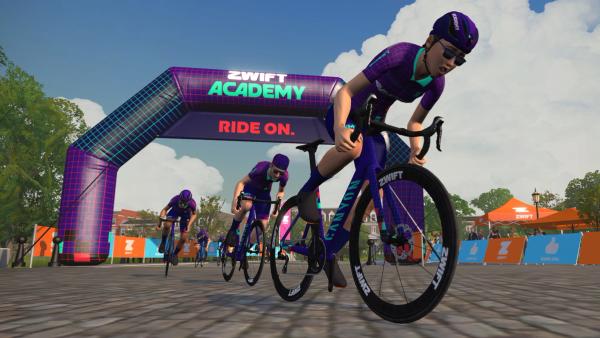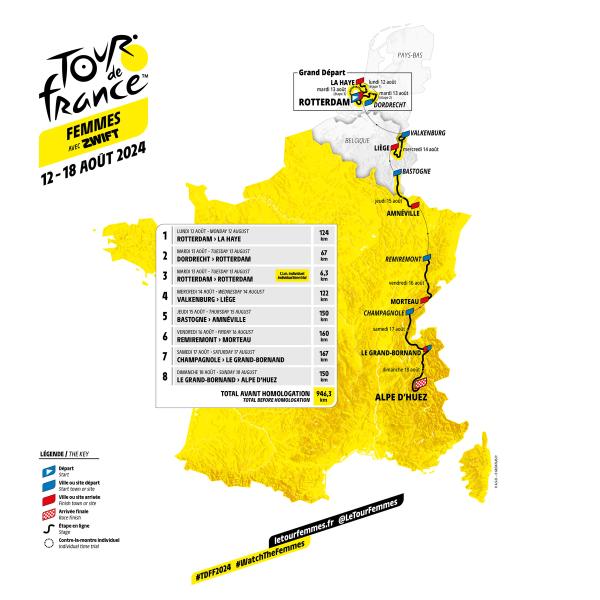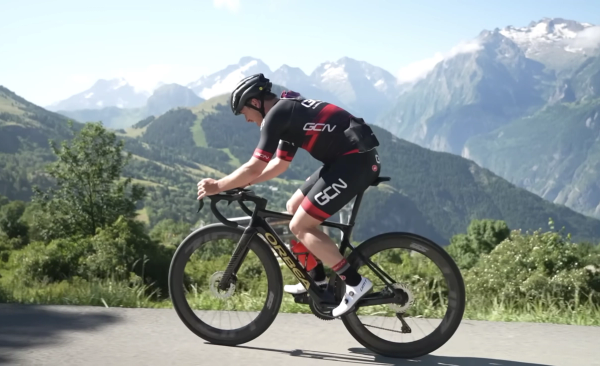How realistic is Zwift and can it really help you prepare for reality?
Just how realistic is Alpe du Zwift when compared to riding the real deal?
Alex Hunt
Junior Tech Writer
Ask anyone to name an iconic mountain climb in cycling and Alpe d’Huez is sure to be near the top of everyone’s answers. The 21 hairpin bends climb 1118 metres over 13.9 kilometres, bringing the average gradient to 8% with a max gradient of 11.5% on the way to the top.
Read more: Tour de France Femmes avec Zwift 2024 route revealed, with Alpe d'Huez summit finish
Nestled in the French Alps, the climb is only easily accessible to a select few who are lucky enough to live in close proximity. Luckily for everyone else, Zwift offers riders the chance to ride a replica of the iconic Tour de France climb without ever having to leave their homes through the virtual Alpe du Zwift. The big question is, how does the virtual climb stack up to the real one?
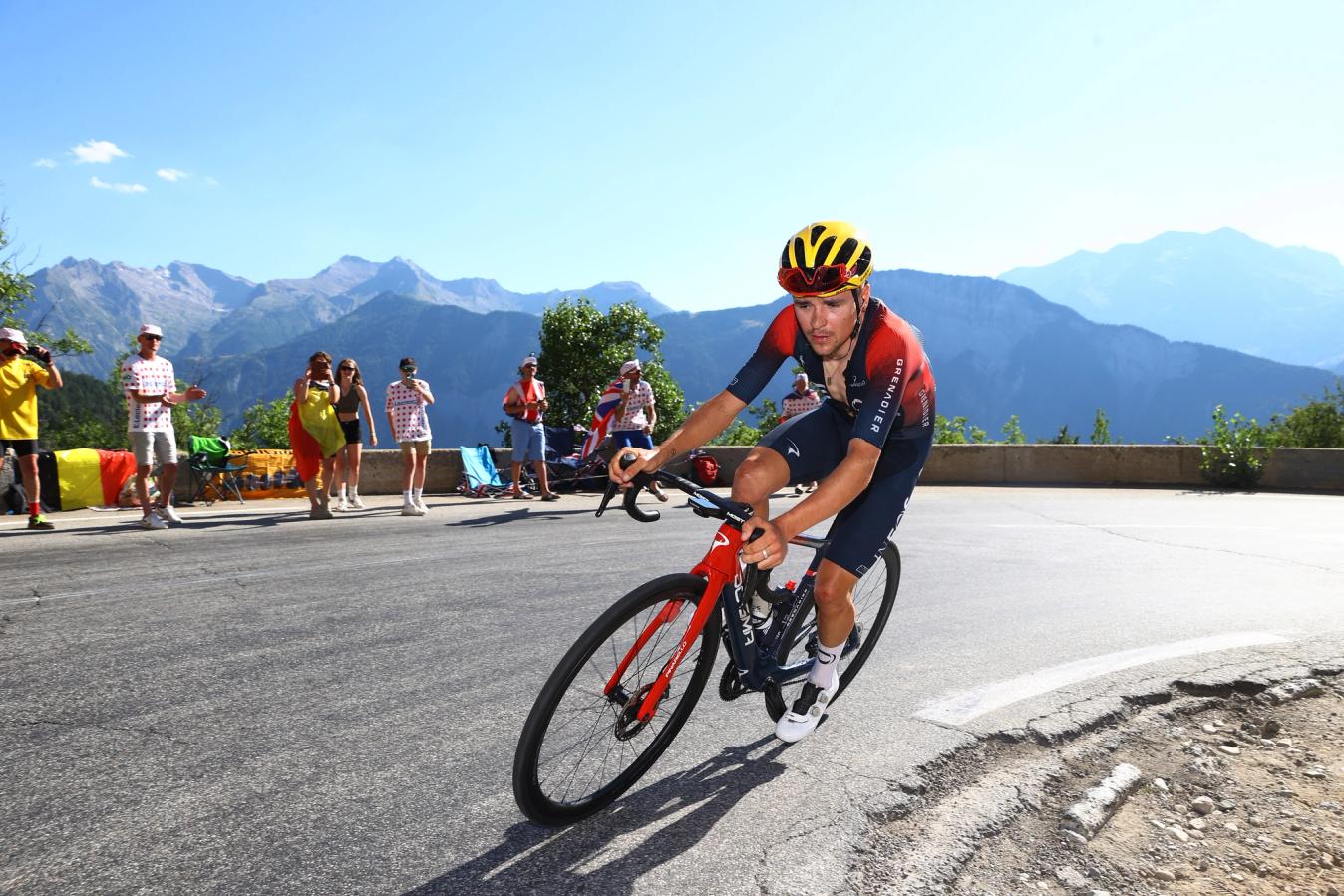
© Velo Collection (TDW) / Getty Images
Alpe d'Huez is famous for its 21 hairpins that when last used saw Tom Pidock take an emphatic solo stage win
The bucket-list climb features in Watopia under the name Alpe du Zwift and for riders over level 12, you can take on the climb from the comfort of your living room. If you are planning on heading out to give the real climb a go, will riding it virtually help you to prepare?
- Read more: A beginner’s guide to Zwift
Some considerations before starting
Temperature
There are a few obvious differences you will encounter on both climbs. The first one is that, if you head to Alpe d’Huez during the cycling season, it can be incredibly hot with temperatures on the lower slopes often exceeding 30 degrees Celsius. Due to the tough and unrelenting gradient of the climb, speeds are going to be low and this is going to mean that keeping cool can be tough and getting the right clothing combination will be important as the temperature at the top can be significantly cooler than at the bottom.
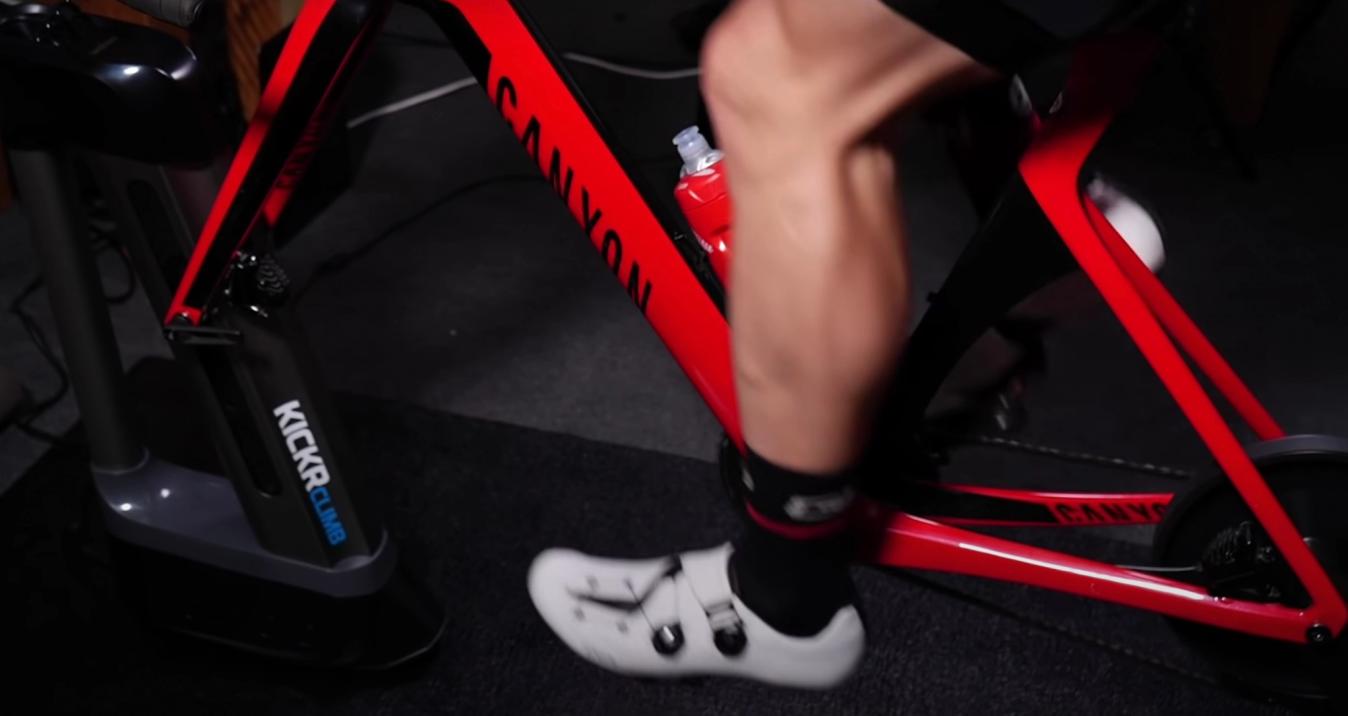
© Velo Collection (TDW) / Getty Images
Setting your bike up to mimic the gradient of the climb either with a smart accessory or some old books will better replicate the biomechanical demands
Riding position
This one is more dependent on your indoor trainer set-up. If you use a Wahoo Kickr Climb you will be exempt from this consideration, but for everyone else producing power on the flat is biomechanically different from riding on a gradient. Because your saddle angle and body position changes as the bike points upwards, it changes how efficiently you can pedal. If you are specifically training for long climbs, the best way to go about it is to put something under the front wheel to lift it up a little to simulate a climb.
Similarities between the climbs
Something that becomes quickly apparent when riding Alpe du Zwift is that the resistance it offers closely mimics the specifics of the course. As you approach one of the hairpins, you can feel the resistance winding down, meaning you need to change gear to keep on top of your cadence and power. Alternatively, you can take it as a micro rest before getting back into your rhythm on the next pitch.
This is exactly as it is riding the climb in the real world; not only does this make an effort on the virtual climb more representative of the real one but it also keeps you engaged like you would be in the real world. The constant changing of gears to balance your power with your cadence means that riding Alpe du Zwift is more than just pedalling for an hour.
Seated vs standing
The effect riding position has on how real the virtual climb feels will be mostly dependent on your riding style and, as of more recently, what indoor trainer you use.
When climbing, it is common to bounce between riding in the saddle and out of the saddle. This allows you to use different muscle groups, stretch your lower back, and fine-tune your effort if you find yourself in between gears.
Riding inside makes this a harder endeavor; not only is the bike fixed in position meaning that rocking the bike side to side is an impossibility, it also mechanically doesn’t quite feel the same. If you are a rider that prefers to spend extended periods out of the saddle, this will be a notable difference between the virtual climb and the real one.
Cooling and altitude
Even though these two aren’t directly related, they can end up having a similar effect on you whilst you ride. When riding indoors, you're going to get hot and sweaty, even with the best fan in the world. The air around you can only strip so much heat away from you and if you are riding in a small room, the humidity from sweating can make things even tougher. This does mean that towards the end of a long sustained effort like this, some level of power drop off can be expected, purely from a heat dissipation perspective.
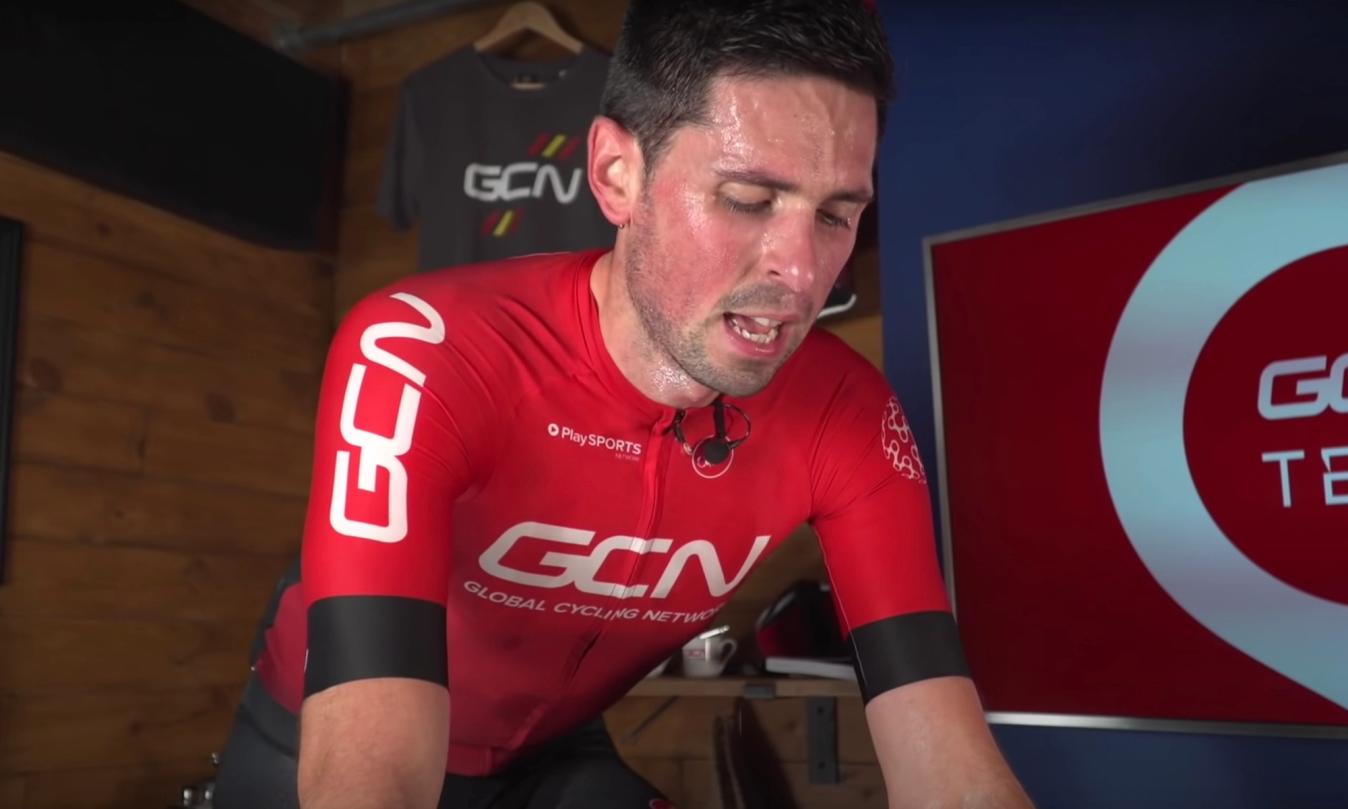
© GCN
Riding indoors will have you heating up in no time even with a good fan
Alpe d’Huez summits at 1840 metres above sea level and, even if this isn’t as high as some of the big mountain passes of the Alps, it is still enough to cause a performance decrease as you head to the last few hairpin bends. Unless you are planning on spending a prolonged period at altitude before riding the climb, there is very little you can do to prevent this.
What this means is that, although they are different external stressors on the body, they do balance out and make the virtual climbing experience fairly representative of the real thing.
Will Alpe du Zwift prepare me for the real thing?
From a physical standpoint, the virtual replica of the climb will certainly aid your training for the alpine test. If you use a gradient simulator or even just prop your front wheel up with some books, you will be able to mimic the physical demands closely.

© GCN
The physical demands of Alpe du Zwift are comparable to the real climb
Unfortunately, cycling is not just as simple as boiling it down to physical demands as there is the psychological components that also come into play and this is something that the indoor trainer will struggle to replicate.
No matter how hard you try, it is hard to simulate riding an iconic road as there is something about knowing you are in the comfort of your own home that takes away the mind games that come with tackling the real climb. You will find that pacing is harder on the road and it is easier to get carried away with the riders around you and the captivating setting.
In conclusion
Using virtual training to build towards your cycling goals has its merits. For those of us who do not have access to long alpine climbs, using Zwift can be of real benefit. There are a few things that you need to do in regards to set-up to make it representative of the demands of the real climb, but physical training on Alpe du Zwift mimics reality close enough for it to be genuinely beneficial.
The only thing that cannot be replicated is the mind games that taking on an epic mountain climb presents. Although you might be physically ready, stepping out into the real world can present a fresh set of challenges.
Need more help or inspiration? GCN's ultimate guide to indoor cycling has you covered with advice and guides on everything from turbo training tech to workouts. Check it out here.








